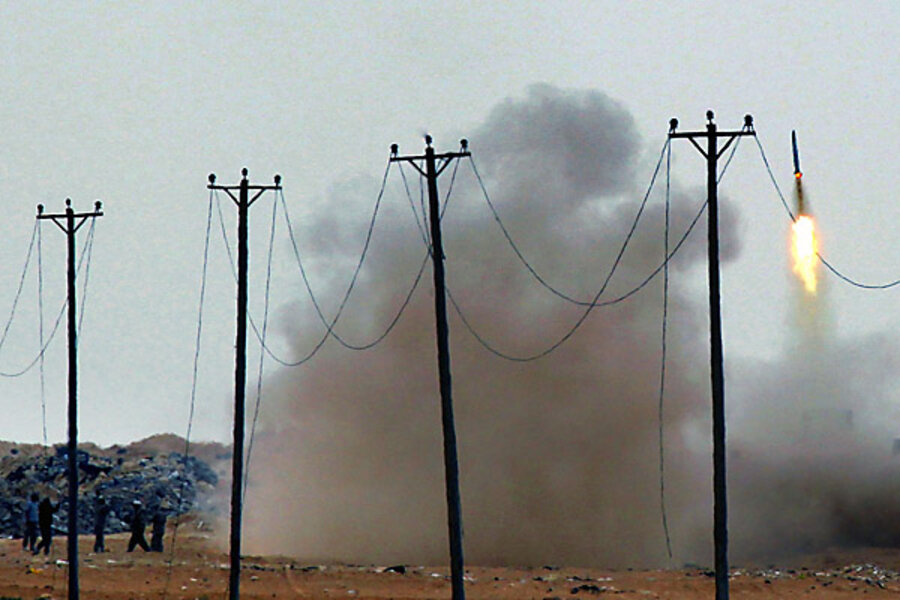The total cost of the Libya intervention
Loading...
So far, the intervention in Libya has cost the U.S. government more than $600 million, a number that keeps increasing as it continues to participate in the intervention despite formally hand over command to NATO. In addition to that comes the costs for France, Britain and other participants.
However, this number greatly underestimates just how much the intervention costs most of the countries involved in this. As I pointed out earlier, the intervention by prolonging the civil war has caused a sharp increase in oil prices. I estimated the effect to $25 per barrel, but let's say this is an exaggeration and the effect is only $20. Let's also assume that in the absence of the intervention, Qadaffi's forces would have ended the civil war on Monday March 21. How much has the total cost then been?
The United States imports about 9.5 million barrels per day, so the daily cost is $190 million. In the 25 days of extra war that has surpassed, the cost for the U.S. economy is thus $4.75 billion, a number that increases by $190 million every day. France imports 1.7 million barrels per day, so the extra cost per day is $34 million (€24 million), and the total cost is $850 million (€ 600 million) so far. Britain used to be a net exporter but is now a net importer of about 400,000 barrels per day, so the extra cost per day is $8 million (£5 million) and the total extra cost so far is $200 million (£125 million).
Of the other 14 participating countries only 4 (Canada, Norway, Qatar and the United Arab Emirates) are net exporters and thus short-term winners from this.
Among the participants is Greece, who one would have thought would realize that given their current fiscal predicament really can't afford to participate. I don't know what the direct fiscal cost for Greece is, but the cost for the Greek economy of the higher oil price is $7 million (slightly less than €5 million) per day given its net import of around 350,000 barrels per day, with a cumulative cost so far of $175 million (€120 million).
Because price elasticity of demand from higher prices is a lot higher in the long run than in the short run, the price increasing effect will likely fall as time passes if (as there is a high risk of because of the stalemate created by the intervention) the war drags on for months and years. However, because this demand reduction is a associated with lower levels of output and the need to use other energy sources that are really more expensive, the reduction in the extra cost for oil will be offsett with other costs, so the total economic loss might not fall as time passes. However, as the non-oil sectors of their economies weaken and as the price gain for oil falls, the gains for oil exporters like Canada and Norway will fall and perhaps evaporate as time passes.
Add/view comments on this post.
--------------------------
The Christian Science Monitor has assembled a diverse group of the best economy-related bloggers out there. Our guest bloggers are not employed or directed by the Monitor and the views expressed are the bloggers' own, as is responsibility for the content of their blogs. To contact us about a blogger, click here. To add or view a comment on a guest blog, please go to the blogger's own site by clicking on the link above.





